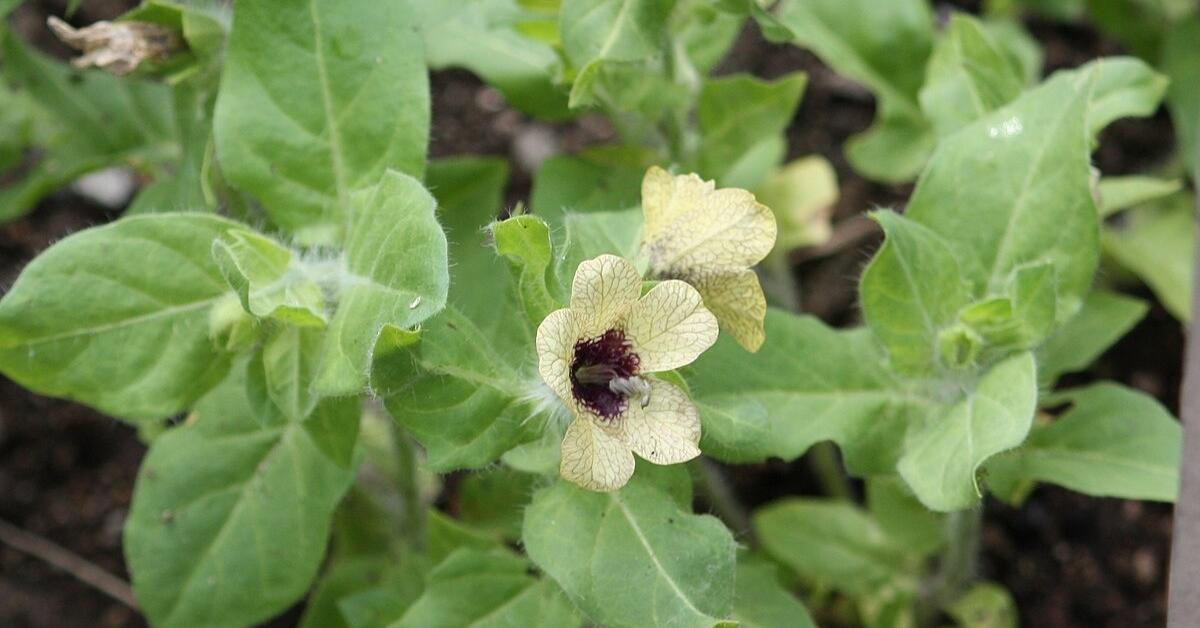Are you curious to know what is vernalization? You have come to the right place as I am going to tell you everything about vernalization in a very simple explanation. Without further discussion let’s begin to know what is vernalization?
Vernalization, a fascinating phenomenon in plant biology, holds the key to understanding how certain plants respond to cold temperatures and initiate crucial developmental processes. This article provides a detailed exploration of vernalization, its significance, mechanisms, and its applications in the realm of plant science.
What Is Vernalization?
Vernalization is a natural process through which certain plants require exposure to cold temperatures to transition from the vegetative to the reproductive phase. This intricate mechanism is a vital component of the plant’s life cycle, ensuring successful reproduction and adaptation to changing environmental conditions.
What Is Vernalization? Give Its Significance.
The significance of vernalization lies in its role in regulating flowering and reproductive patterns in plants. By subjecting plants to cold temperatures, vernalization ensures synchronized and timely flowering, contributing to the overall fitness and adaptability of the plant species.
What Is Vernalization In Plants?
Vernalization in plants refers to the specific response of certain species to prolonged exposure to cold temperatures, typically during winter. This process triggers a series of molecular and physiological changes within the plant, preparing it for the upcoming reproductive phase in the warmer seasons.
What Is Vernalization In Biology?
In the realm of biology, vernalization is a captivating subject that delves into the molecular and genetic aspects of how plants sense and respond to cold stimuli. Understanding the biological underpinnings of vernalization provides valuable insights into the intricate mechanisms governing plant development.
What Is Vernalization Class 11?
For students exploring plant biology in Class 11, vernalization is a key topic. This section provides a foundational understanding, introducing students to the concept and its relevance in the life cycle of certain plant species.
What Is Vernalization Class 12?
In Class 12, students delve deeper into the complexities of vernalization. This section builds on the foundational knowledge from Class 11, offering a more advanced exploration of the mechanisms and implications of vernalization in plant biology.
Mechanism Of Vernalization
The mechanism of vernalization involves a series of intricate molecular processes. This section dissects the steps, from the perception of cold temperatures by the plant to the activation of specific genes that regulate flowering. Understanding this mechanism is crucial for comprehending the broader implications of vernalization.
Advantages Of Vernalization
Vernalization provides several advantages to plants. This section explores the evolutionary benefits, including enhanced reproductive success, adaptation to specific climates, and increased chances of survival in fluctuating environmental conditions.
Application Of Vernalization
The application of vernalization extends beyond the realm of plant biology research. This section discusses how understanding vernalization can have practical applications in agriculture, helping optimize crop production and improve the overall resilience of plant species.
Conclusion
In conclusion, vernalization stands as a captivating phenomenon in plant biology, showcasing the intricate ways in which plants adapt to environmental cues. From its significance in regulating flowering to the mechanisms and applications in agriculture, vernalization is a subject of great importance in our understanding of plant life cycles. Whether you’re a student exploring this topic in Class 11 or Class 12, or a curious mind interested in the wonders of plant biology, this comprehensive guide provides a detailed and accessible resource on the fascinating concept of vernalization.
FAQ
What Is Vernalization In Simple Words?
Vernalization is derived from a Latin word “vernus” which means “of spring”. It means to make “spring-like”. It is the induction of the flowering process of the plant by exposure to the long periods of cold winter or such conditions. Once this process takes place, plants develop the capability of flowering.
What Is Devernalization Class 12?
Reversal of the effect of vernalization is called devernalization. Subjecting the plants to the higher temperature after a cold treatment brings about devernalization. This results in the delay of the flowering phase in the plants.
What Is Vernalization Temperature?
Vernalization is the requirement for a period of exposure to low temperature before the plant apical meristem will transition from vegetative to reproductive development.
Who Discovered Vernalization?
The artificial method of vernalization was discovered by a Russian worker Lysenko in 1928. He found that the cold or low temperature requiring annual and biennial plants can be forced or made to flower in one growing season by supplying low-temperature treatment to young plants or moistened seeds.
I Have Covered All The Following Queries And Topics In The Above Article
What Is Vernalization Give Its Significance
What Is Vernalization In Plants
What Is Vernalization Class 11
What Is Vernalization? Give Its Significance.
What Is Vernalization In Plants
What Is Vernalization Give Its Significance
What Is Vernalization In Biology
What Is Vernalization Class 12
What Is Vernalization Class 11
Mechanism Of Vernalization
Advantages Of Vernalization
Application Of Vernalization
What Is Vernalization
